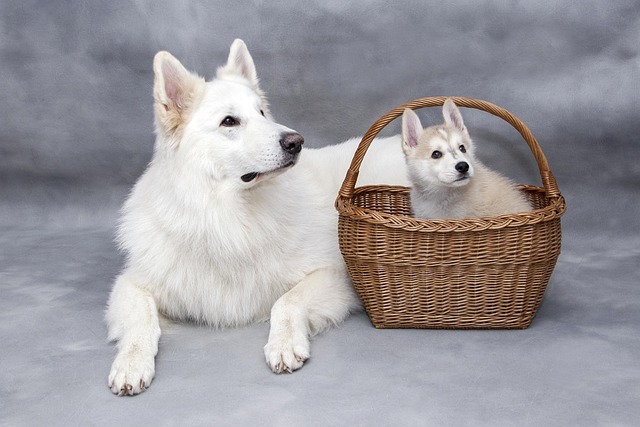
Can a dog recover from heat stroke at home
It’s a scorching 102°F afternoon in Phoenix, and your Labrador, Max, collapses mid-walk—panting so hard his tongue hangs purple, legs wobbly as he tries to stand.
Many dog owners assume that giving their pup a short summer haircut is the best way to beat the heat. After all, we shed our winter layers when temperatures rise—shouldn’t dogs do the same? Actually, this well-intentioned idea can backfire. A dog’s coat is far more than just fur; it’s a sophisticated temperature-regulation system that often works best when left intact.
Dogs rely on their coats for more than warmth. That double-layered fur acts as insulation against both cold and heat, trapping cool air close to the skin in summer while shielding them from harmful UV rays. Shaving it away disrupts this natural thermostat, leaving them vulnerable to overheating and sunburn. Ever noticed how desert animals like camels have thick coats? There’s a reason—their fur deflects heat rather than absorbing it.
Some breeds face greater risks than others. Northern varieties like Huskies or Malamutes have undercoats designed to self-regulate, and cutting them can trigger irreversible texture changes. Short-haired dogs, ironically, may benefit from *light* trimming since their coats lack insulating layers. But even then, sun protection becomes critical—imagine lounging poolside without sunscreen, and you’ll grasp why vets warn against exposing pink skin beneath a shaved coat.
So what’s the alternative? Focus on strategic grooming. Regular brushing removes dead undercoat (a major cause of overheating), while a slight trim around paw pads and belly improves airflow. Cooling mats, hydration breaks, and shaded walks during cooler hours work wonders. If you’ve ever seen a dog panting in the shade post-shave, that’s their body struggling to compensate for lost temperature control—a sign their coat was doing its job all along.
Ultimately, summer grooming isn’t one-size-fits-all. Observe your dog: Are they seeking cool surfaces? Panting excessively? Those are better cues than the calendar. When in doubt, consult your groomer or vet—because keeping your best friend comfortable starts with understanding what their fur truly does for them.

It’s a scorching 102°F afternoon in Phoenix, and your Labrador, Max, collapses mid-walk—panting so hard his tongue hangs purple, legs wobbly as he tries to stand.
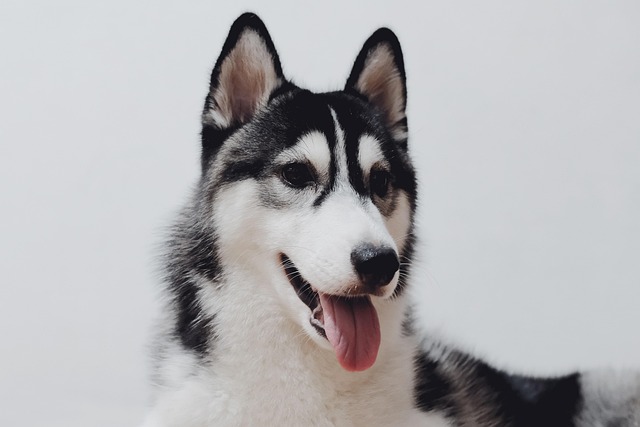
If you're a Husky owner,you know these beautiful,energetic dogs have a unique personality.They're playful,curious,and full of life,but sometimes their strong prey drive and independent nature can make it tricky for them to get along with other dogs.
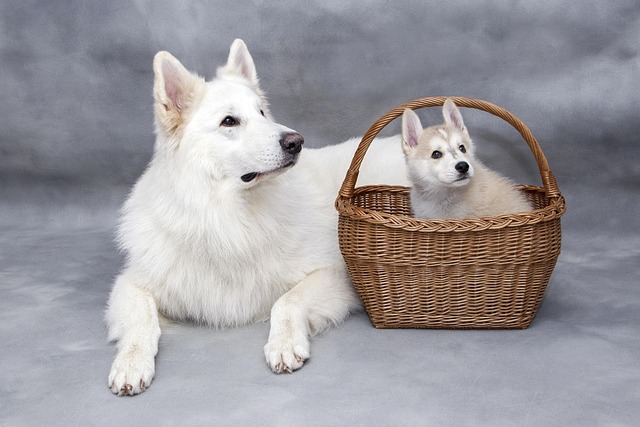
It’s a rainy Tuesday in your Chicago apartment, and your cocker spaniel, Luna, is shaking her head so hard her ears flop like wet rags.
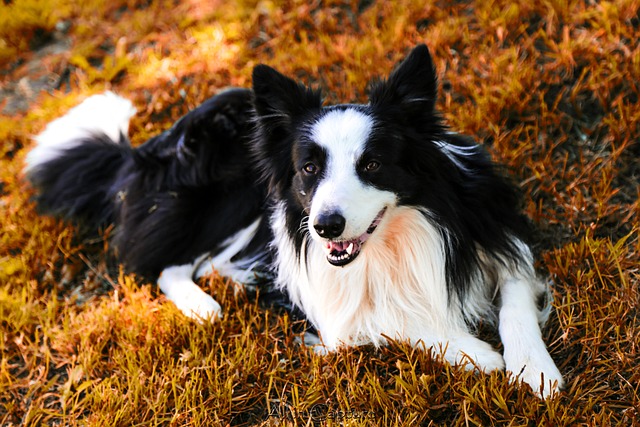
It’s a humid July afternoon in Atlanta, and your border collie, Mia, is lying flat on the bathroom tile, tongue lolling, instead of chasing her ball like usual.
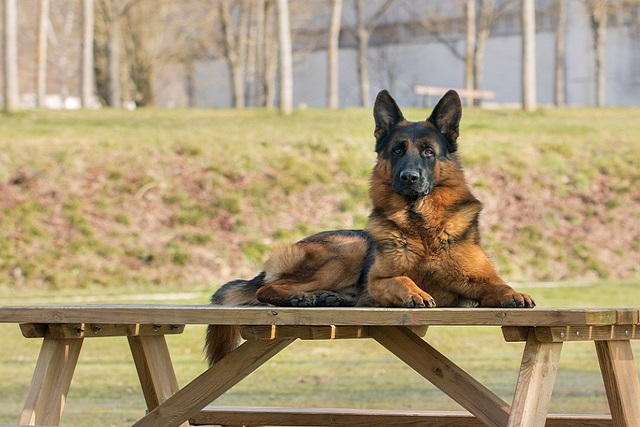
You're walking your French Bulldog, Bruno, through Central Park on an 85°F afternoon when he suddenly plops down on the grass, tongue hanging like a wet rag.
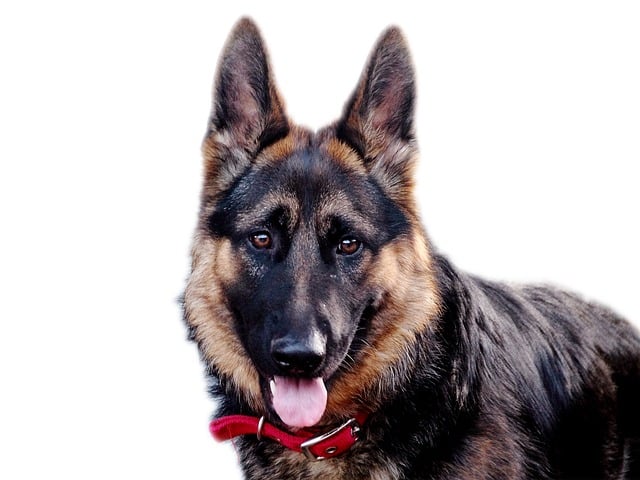
It’s a sticky July night in your Houston apartment, and your golden retriever, Max, is pacing instead of napping. His tongue lolls, paws pattering across the carpet as he circles his bed